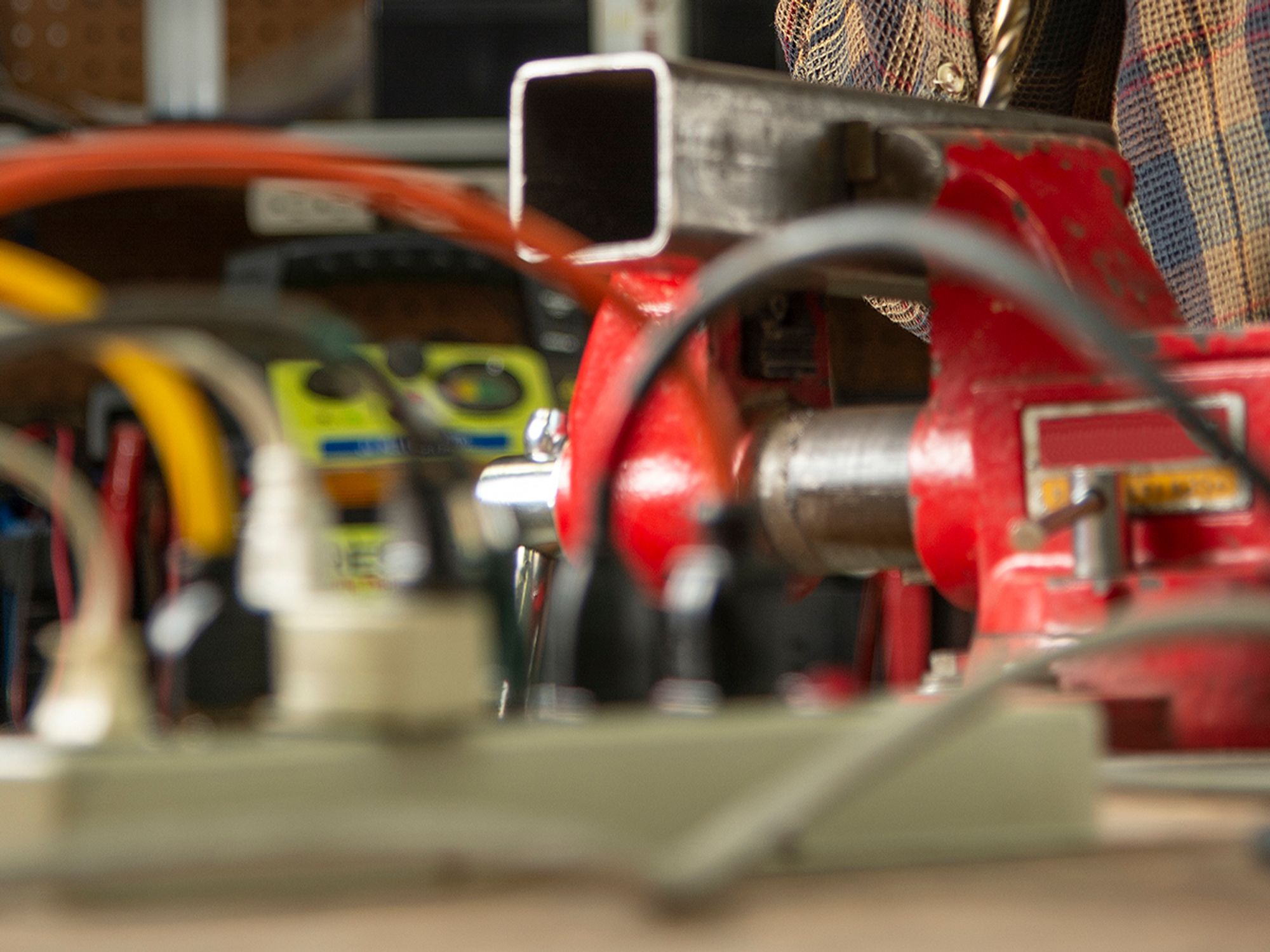Hazards of electric tools

- The most serious hazards of electric tools are burns and electric shocks.
- Electric tools should have the proper insulating and grounding features to protect users from shock and burns.
- Electric tools should never be used in damp or wet locations unless approved for that purpose.
Employees using electric tools must be aware of several dangers. Among the most serious hazards are electrical burns and shocks.
Electrical shocks, which can lead to injuries such as heart failure and burns, are among the major hazards associated with electric powered tools. Under certain conditions, even a small amount of electric current can result in fibrillation of the heart and death. An electric shock also can cause the user to fall off a ladder or other elevated work surface and be injured due to the fall.
To protect the user from shock and burns, electric tools must have a three-wire cord with a ground and be plugged into a grounded receptacle, be double insulated, or be powered by a low voltage isolation transformer. Three-wire cords contain two current-carrying conductors and a grounding conductor. Any time an adapter is used to accommodate a two-hole receptacle, the adapter wire must be attached to a known ground. The third prong must never be removed from the plug. Double-insulated tools are available that provide protection against electrical shock without third-wire grounding. On double-insulated tools, an internal layer of protective insulation completely isolates the external housing of the tool.
Workers should follow these general practices when using electric tools:
- Operate electric tools within their design limitations.
- Use gloves and appropriate safety footwear.
- Store tools in a dry place when not in use.
- Do not use electric tools in damp or wet locations unless they are approved for that purpose.
- Keep work areas well lighted when operating electric tools.
- Ensure that cords from electric tools do not present a tripping hazard.
In the construction industry, employees who use electric tools must be protected by ground-fault circuit interrupters or an assured equipment-grounding conductor program.
